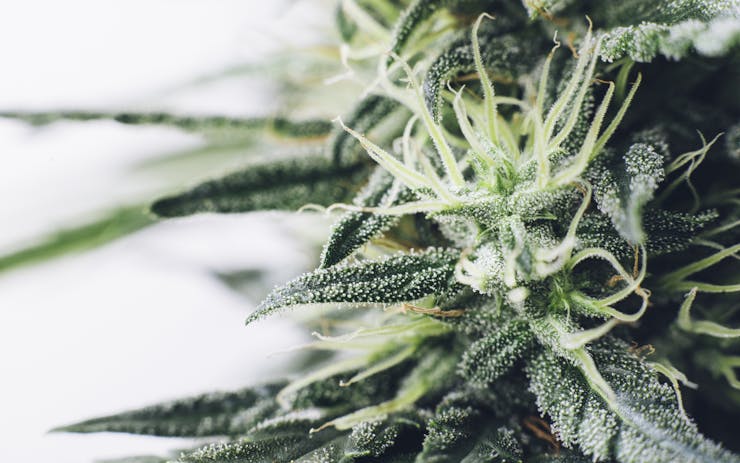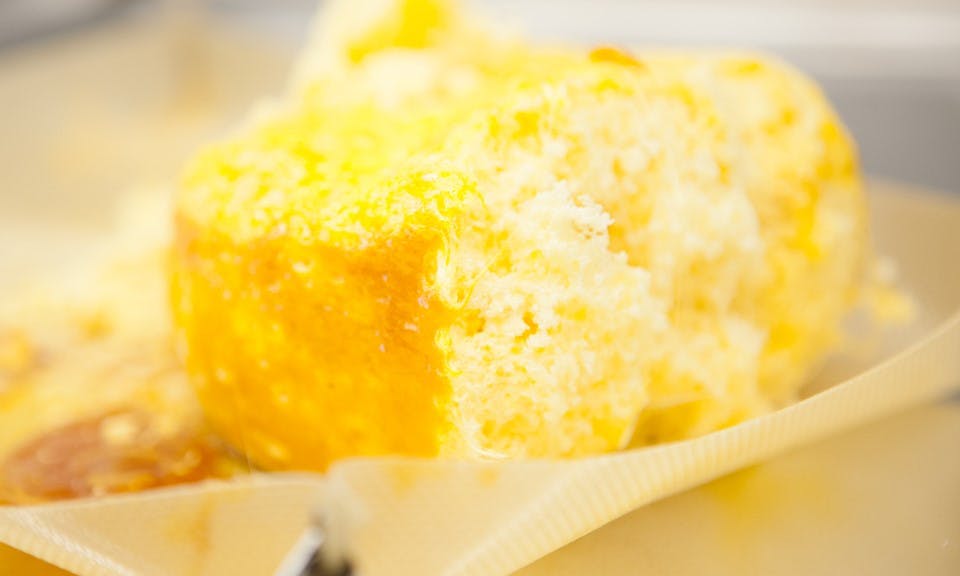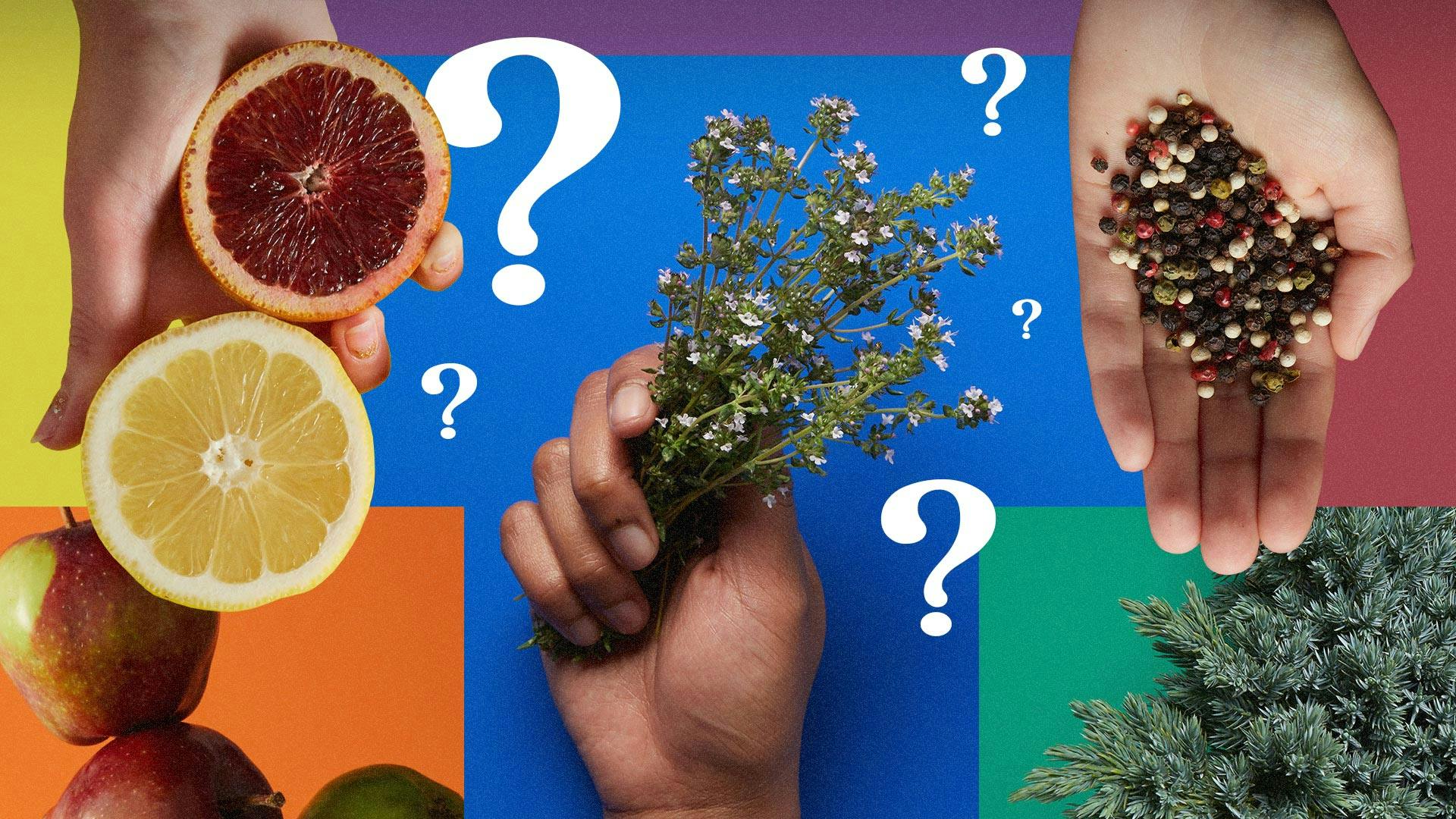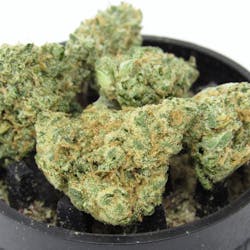When we consider the 200 or more bioactive compounds that have been discovered in cannabis, often the more widely understood phytocannabinoids and terpenes tend to steal the spotlight. But these aren’t the only important compounds produced by cannabis. Take flavonoids for example. They account for roughly 10% of these known compounds with around 20 varieties known to exist in cannabis.
Flavonoids are not unique to the cannabis plant. Scientists have identified thousands of them all throughout nature, from flowers to fruits and vegetables. However, there are some that are known to be found only within cannabis. These are known as cannaflavins. Similar to terpenes, flavonoids share a role in how we perceive cannabis through our senses. But there’s a lot more to flavonoids than what meets our nose and taste buds. In fact, flavonoids are among the most understudied compounds found within the plant. However, here’s what we do know about them.
Flavonoids exist throughout nature
Flavonoids are made up of groups of polyphenolic compounds that act as secondary metabolites to a myriad of plants and fungi. With over 6,000 varieties of flavonoids discovered, their functions span a diverse spectrum.
Flavonoids also affect the pigmentation of cannabis, just as they do with other flowers.
The word “flavonoid” actually stems from the Latin term flavus, referencing the color yellow as it appears in nature. This makes sense considering a primary function of flavonoids is to provide color pigmentation to plants, notably in flowers, for the purpose of attracting pollinators.
Many plants, including a large majority of edible fruits and vegetables containing non-green pigmentation, owe their bright colors in part to flavonoids. Flavonoids are also partly responsible for protecting plants against the elements such as potentially harmful UV rays, pests, and diseases.
Flavonoids give cannabis character
We often attribute the flavors and aromas of cannabis to terpenes. However, flavonoids also play an important role in providing the distinguishing qualities we use to differentiate between strain varieties. Both odor and flavor are possible in cannabis due to the synergistic qualities that terpenes and flavonoids share with one another.
Moreover, flavonoids also affect the pigmentation of cannabis, just as they do with other flowers. Those beautiful, deep purple cannabis strains owe their coloration to the flavonoids known as anthoxanthins or anthocyanins. In other plants such as berries, anthocyanin may cause red, purple, or even blue coloration depending on pH levels.
Flavonoids are pharmacologically active compounds
If providing color pigmentation, odor, flavor, and protection weren’t enough, research has shown that flavonoids are also highly pharmacologically active, including preliminary research indicating the medicinal benefits of the cannaflavins found exclusively in cannabis.
Whether flavonoids enhance the properties of cannabinoids or modulate their efficacy is not fully known and will require further research.
Take for instance the flavonoid quercetin, which can be found in many fruits and vegetables. This compound is a known anti-fungal and antioxidant. Catechins, a flavonoid found in cocoa, teas and other pome fruits, is also known to be an antioxidant with cardiovascular health benefits.
In cannabis, cannaflavin A is pharmacologically active, with studies showing that it has anti-inflammatory properties that might be stronger than those found in Aspirin. Cannaflavin B and C are also being studied for their potential medical benefits. Other highly active flavonoids found in cannabis include Orientin, Quercetin, Silymarin, and Kaempferol, all with anti-inflammatory, anti-fungal, antioxidant, and anti-cancer potential–we’ll see where future studies take us.
Flavonoids may be synergistic in cannabis
“The entourage effect” is a widely used term that describes the synergistic nature of the many pharmacologically active compounds in cannabis. Our bodies are equipped with an endocannabinoid system, a vast network of receptors that cover almost every organ and system within us. Cannabinoids bind to these receptors to produce different effects, which are further influenced by terpenes and cannabinoids.
The reason why certain combinations of these biomolecules make us feel different is due to the synergistic properties of these various compounds. Cannabidiol (CBD), for instance, modulates the effects of THC at the blood-brain barrier. Flavonoids are thought to have similar synergistic abilities. Whether they enhance the properties of cannabinoids or modulate their efficacy is not fully known and will require further research.
Flavonoids are vastly understudied
Coined by S. Ben-Shabat and Dr. Raphael Mechoulam in 1998, the “entourage effect” has become commonplace in cannabis research. Dr. Mechoulam, as well as other scientists such as Ethan Russo and James MacPartland are among the few today working to uncover the mysteries of flavonoids as they exist in cannabis. However, flavonoid research in cannabis remains vastly understudied, especially in the U.S. due to the strict federal roadblocks that prevent cannabis research at large.
In order to better understand the role that cannabis flavonoids play, it is extremely important that federal actions be lifted in the U.S. to allow further research to take place. Until that point comes, researchers abroad continue to uncover new discoveries in chemical profiling, allowing us to better understand the complex mysteries of cannabis.







